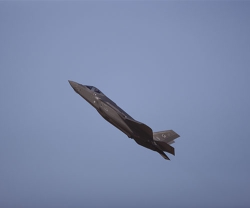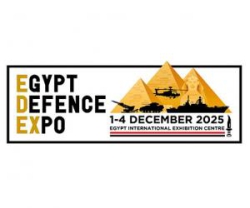The Australian government announced first pass approval for the LAND 19 Phase 7B project as the first piece of the land-based Integrated Air and Missile Defence (IAMD) Program.
This approval includes the release of a single supplier limited tender to Raytheon Australia - identified as the prime system integrator (PSI) for Army’s future ground-based air and missile defence capability.
The government will invest up to $2 billion in the system, which will provide the inner most layer of Australia’s enhanced integrated air and missile capability. The capability will be operated by the Army’s 16th Air Land Regiment.
Raytheon’s proposal for second pass consideration by government will be based upon the proven Raytheon/KONGSBERG National Advanced Surface to Air Missile System (NASAMS) capability that is fielded in seven nations, including the US. Importantly, this system can utilise different launchers, radar technologies and missile types for a range of different ground-based air and missile defence missions.
Managing Director of Raytheon Australia Michael Ward said: “We welcome this decision as it allows us to work closely with Defence to collaboratively investigate the Australian Army’s next generation air and missile defence capability.”
“The Raytheon offering draws on a common launch rail that can make effective use of multiple weapons from existing Australian Defence Force inventory. As the prime systems integrator, our solution will provide short and medium range defence capability using in-service multi-purpose AIM-9X and AMRAAM missiles, providing a system to meet Army’s ground based air and missile defence requirements,” he added.
In collaboration with Defence and CEA Technologies, Raytheon Australia will also investigate the option of the MEDUSA system; an incorporation of Australian AESA sensor technology into the proven baseline of NASAMS.
As reported yesterday on Defence Connect, the project will seek to maximise Australian industry content to ensure Australia's defence dollar helps deliver local jobs and economic growth.
“Through a Risk Mitigation Contract, the government will ensure there are opportunities for Australian industry participation, with direct access to Raytheon Australia for local businesses to showcase their abilities,” said Minister for Defence Industry Christopher Pyne.
Through the risk mitigation activity, the Department of Defence and Raytheon will also investigate using Thales Australia’s Hawkei protected mobility vehicle, manufactured in Bendigo, Victoria, as a potential platform for the system’s missile launchers.
Raytheon Australia said its solution has a strong focus on Australian industry involvement and creating local jobs. In addition to utilising Australian protected vehicles and AESA sensor technology, the system provides opportunities for Australian industry across systems integration, component manufacture, assembly, vehicle integration and in-country sustainment.
Raytheon Australia said, in recognition of the vital role that Australian small to medium enterprises will play in the development and execution of this program, it will conduct a series of Australia industry showcases across the country late in 2017. The purpose of these events will be to engage with local SMEs and to develop the industry partnerships needed to deliver government a world leading ground-based air and missile defence capability.
“This is a first important step for Australia’s new integrated air and missile defence capabilities and Raytheon is focused on playing a key role to assist Defence to meet its future objectives in this area,” Ward concluded.






















